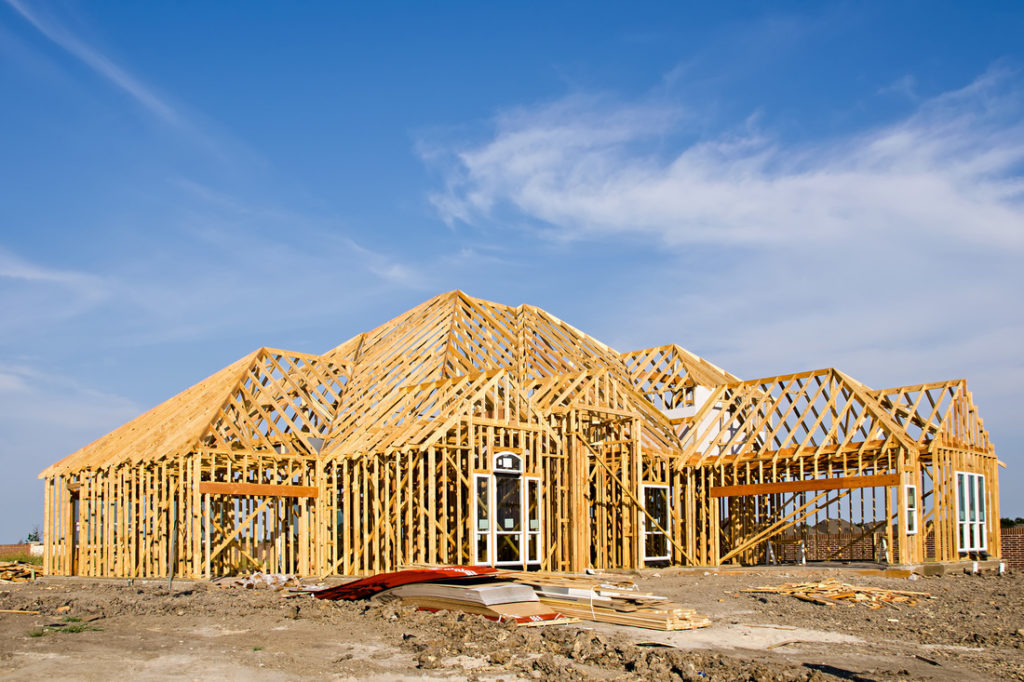
Modern home renovation is an ever-evolving field, blending functionality with aesthetics to create living spaces that are both beautiful and practical. With advancements in technology and a growing focus on sustainability, today’s home renovation techniques offer a plethora of options for homeowners looking to upgrade their living spaces.
Latest Trends in Home Renovation
- Smart Home Technology: One of the most significant trends in modern home renovation is the integration of smart home technology. This includes automated systems for lighting, heating, security, and entertainment that not only enhance convenience but also increase the home’s energy efficiency.
- Sustainable Materials: Sustainability is another key trend. Materials like bamboo flooring, recycled glass countertops, and low-VOC (volatile organic compounds) paints are becoming popular choices. These materials are not only eco-friendly but also add a unique aesthetic to the home.
- Open Space Layouts: Open space layouts are favored in modern designs. They offer a sense of spaciousness and flexibility, allowing for a seamless flow between different areas of the home.
Techniques for Energy Efficiency
- Upgrading to energy-efficient appliances.
- Enhancing insulation in walls, roofs, and floors.
- Installing solar panels or solar water heaters.
Tips for Budget-Friendly Renovation
- Plan thoroughly to avoid unnecessary expenses.
- Reuse and repurpose materials where possible.
- Focus on renovations that add value to your home.
FAQs
Q1: What are the latest trends in home renovation? A1: Smart home technology, sustainable materials, and open space layouts are some of the latest trends.
Q2: How can I renovate my home to be more energy-efficient? A2: Consider energy-efficient appliances, better insulation, and solar energy solutions.
Conclusion
Modern home renovation opens up a world of possibilities. Whether it’s embracing new technology or making environmentally conscious choices, these advancements allow homeowners to create spaces that are not just aesthetically pleasing but also sustainable and efficient for the future.

